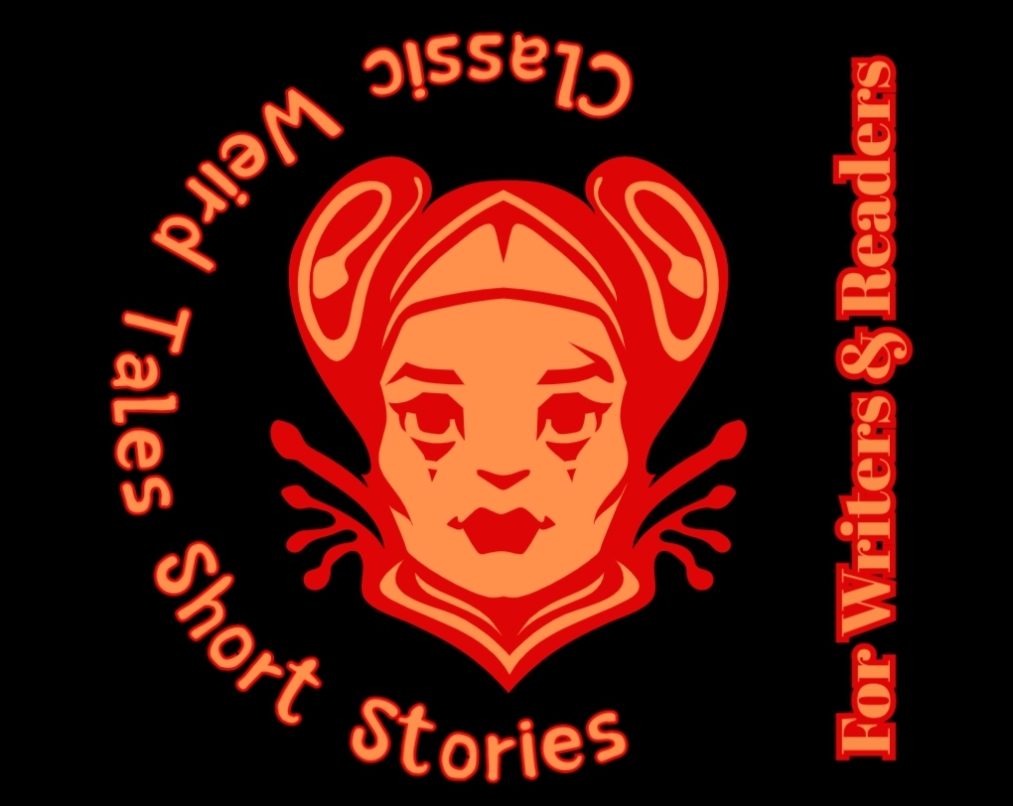Unleashing the Extraordinary: Crafting Weird Fiction in the 21st Century
By Olivia Salter
In the realm of fiction writing, there exists a genre that defies conventional norms and embraces the strange, the fantastical, and the macabre. It is a genre that has fascinated readers for generations, offering an escape from the mundane and a glimpse into the extraordinary. This genre is known as weird fiction, and while it has its roots in the early 20th century, it continues to captivate and inspire writers in the 21st century. In this article, we will delve into the art of crafting weird fiction in the modern era and explore why it holds a special place in the literary landscape.
1. Embracing the Unconventional:
Weird fiction, as a genre, thrives on pushing the boundaries of imagination. It invites writers to explore the realms of the unknown, to challenge the limits of reality, and to create narratives that defy categorization. In the 21st century, with its rapid technological advancements and ever-expanding knowledge, there is an abundance of inspiration and possibilities for crafting weird fiction that resonate with readers seeking fresh and unconventional storytelling.
2. Tapping into the Human Psyche:
Weird fiction, at its core, delves into the depths of human psyche, exploring primal fears, desires, and the inexplicable. In the 21st century, with its complex social and cultural landscape, writers have the opportunity to delve even further into the intricacies of the human condition. By infusing weird fiction with contemporary themes, writers can create narratives that reflect the anxieties, hopes, and dreams of our time, resonating with readers on a profound level.
3. Adapting to Changing Readership:
While the 21st century has seen significant changes in readership preferences and consumption habits, the allure of weird fiction remains steadfast. With the rise of digital platforms and the accessibility of self-publishing, writers now have the means to reach a wider audience and connect with readers who crave the unconventional. By honing their storytelling skills and embracing the unique elements of weird fiction, writers can captivate and engage this evolving readership.
4. Blending Tradition with Innovation:
Weird fiction has a rich literary heritage, with authors like H.P. Lovecraft, Edgar Allan Poe, and Clark Ashton Smith paving the way for contemporary writers. However, in the 21st century, it is crucial to blend tradition with innovation. By incorporating modern techniques, diverse perspectives, and experimental narrative structures, writers can breathe new life into the genre while paying homage to its roots.
5. Engaging with the Global Weird:
The 21st century is a time of increasing interconnectedness, where cultures and ideas collide in unprecedented ways. Writers of weird fiction have the opportunity to draw inspiration from diverse mythologies, folklore, and supernatural beliefs from around the world. By embracing the global weird, writers can create narratives that transcend borders, offering readers a glimpse into the rich tapestry of human imagination and cultural diversity.
In conclusion, in a world that often feels predictable and mundane, weird fiction offers a gateway to the extraordinary. In the 21st century, writers have the chance to explore and redefine the genre, bringing it to new heights of creativity and relevance. By embracing the unconventional, tapping into the human psyche, adapting to changing readership, blending tradition with innovation, and engaging with the global weird, writers can craft captivating and thought-provoking narratives that resonate with readers in the modern era. So, let your imagination run wild and unleash the extraordinary within you as you embark on the journey of writing weird fiction in the 21st century.


No comments:
Post a Comment
Note: Only a member of this blog may post a comment.